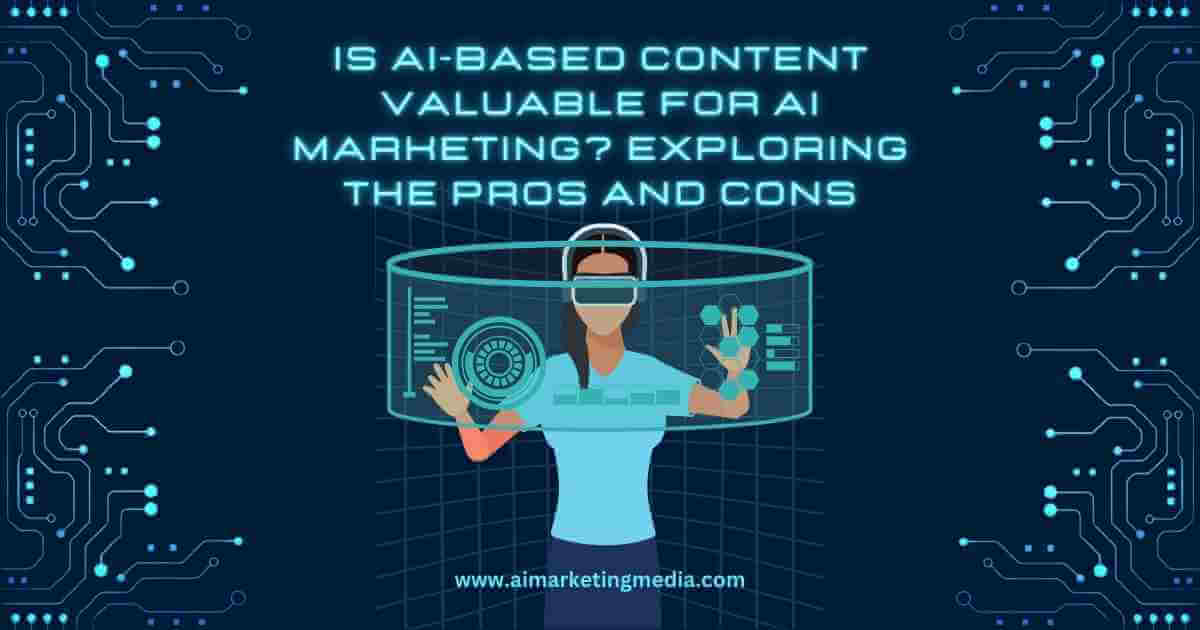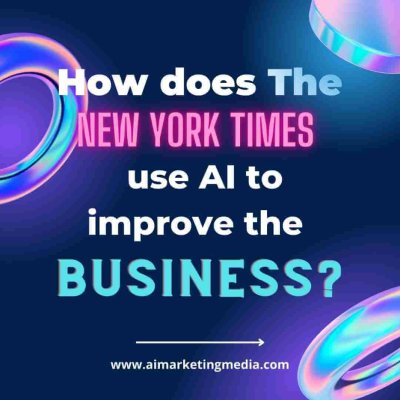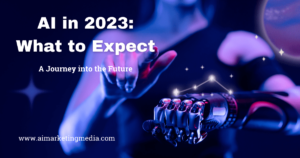Physical Address
India

Artificial intelligence (AI) is transforming the marketing landscape, making it possible to create personalized, targeted content at scale. With AI-based content, marketers can automate repetitive tasks, maintain brand consistency, and deliver customized experiences to their audience. But is AI-based content really valuable for AI marketing? In this article, we’ll explore the pros and cons of AI-based content and its use in AI marketing.
Efficiency: One of the primary benefits of AI-based content is its efficiency. AI algorithms can quickly create large volumes of content, eliminating the need for manual labor. By automating repetitive tasks such as keyword research, content optimization, and social media scheduling, marketers can save time and resources while improving the overall quality of their content.
Consistency: Another advantage of AI-based content is its consistency. AI algorithms can maintain brand voice and style across all channels, ensuring that every piece of content aligns with the company’s values and messaging. Additionally, AI algorithms can eliminate errors and inaccuracies that can occur in manual content creation, ensuring that the content is of high quality and error-free.
Personalization: AI algorithms can analyze user data and behavior to deliver personalized content experiences. By segmenting audiences based on demographics, preferences, and past interactions, marketers can create content that resonates with their audience and improves engagement. AI-based content can also be used to create customized product recommendations, improving the user experience and driving sales.

Lack of creativity and originality: AI algorithms are only as good as the data they are trained on. While they can generate content quickly and efficiently, they may lack the creativity and originality of human writers. Additionally, AI-generated content may not have the emotional resonance and depth that human-created content can provide.
Inability to understand cultural nuances and context: AI algorithms may struggle to understand cultural nuances and context, leading to misunderstandings and inappropriate content. For example, an algorithm may generate content that is insensitive to a particular culture or that uses language that is offensive or inappropriate.
Potential for bias and perpetuation of stereotypes: AI algorithms may perpetuate biases and stereotypes that exist in the data they are trained on. For example, if an algorithm is trained on data that is biased against a particular demographic group, it may generate content that perpetuates that bias.
Social media: AI algorithms can be used to create social media posts, captions, and hashtags. Additionally, AI algorithms can analyze the performance of social media content and make recommendations for optimization.
E-commerce: AI algorithms can be used to create product descriptions, reviews, and recommendations. Additionally, chatbots powered by AI can be used for customer service and support, improving the user experience and driving sales.
News and journalism: AI algorithms can be used to generate news articles and reports, as well as fact-checking and analysis. This can help journalists and news organizations to create content more efficiently, freeing up time for deeper investigation and analysis.

One company that is utilizing AI-based content in their marketing efforts is The New York Times. The New York Times has been using AI algorithms to personalize their content recommendations for readers. The algorithm, called “Project Feels,” analyzes reader behavior and preferences to deliver content recommendations that are most likely to be of interest to them.
The New York Times collects data from various sources, such as article tags, time spent on an article, and click-through rates, and uses that data to build a profile of each reader. The algorithm then uses this data to recommend articles and content that are most likely to be relevant to that reader.
For example, if a reader regularly reads articles on politics and international affairs, the algorithm will recommend articles in those categories. However, if a reader shows an interest in food and travel, the algorithm will recommend articles in those categories instead.
The New York Times has seen success with this approach, with an increase in engagement and subscriptions. The personalized recommendations have also helped to drive revenue, with readers more likely to subscribe to the newspaper after being recommended content that aligns with their interests.
In addition to personalized recommendations, The New York Times also uses AI algorithms for content creation. The newspaper has experimented with using AI to write short news briefs, such as stock market updates and earnings reports. The algorithm, called “Editor,” analyzes financial data and creates a summary of the key points in the report. The summary is then edited by a human journalist before publication.
Overall, The New York Times is a great example of a company that is using AI-based content to improve their marketing efforts. By personalizing their content recommendations and experimenting with AI-generated news briefs, The New York Times has been able to increase engagement, drive revenue, and maintain their position as a leading news organization.
In conclusion, AI-based content has both pros and cons when it comes to AI marketing. While it offers benefits such as efficiency, consistency, and personalization, it may also have drawbacks such as lack of creativity and originality, inability to understand cultural nuances and context, and potential for bias and perpetuation of stereotypes. However, by understanding these pros and cons and using AI-based content appropriately, marketers can harness the power of AI to create valuable, engaging content that resonates with their audience and drives business results.

Hey there, Video editing is getting really big industry in this tech-lead world. When parents shares reel to their childrens if not filming them to

AI in 2050 dare to think Can you dare to think about the world of 2050? Where your children might be making girlfriends in Metaverse

I. Introduction Welcome, aspiring app maestro! Get ready to embark on an exhilarating journey into the fascinating realm of app development, where the magic of

Artificial Intelligence (AI) has emerged as a transformative force, reshaping industries and societies across the globe. As we embark on the journey into 2024, the

In today’s era of rapid technological progress, the debate over the supremacy of Artificial Intelligence (AI) vs human intelligence takes the spotlight. It’s a monumental

In this cameo of AI in cricket fantasy you are going to know about how AI can help you in making team! In the realm
